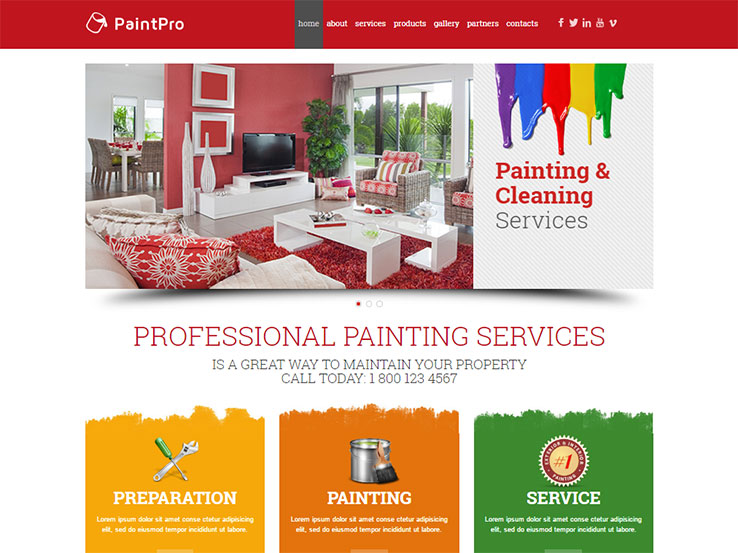In What Means Do Appropriate Shades Affect Your Brand'S Visual Charm In Commercial Outside Painting? Discover The Important Considerations That Shape Your Choices
In What Means Do Appropriate Shades Affect Your Brand'S Visual Charm In Commercial Outside Painting? Discover The Important Considerations That Shape Your Choices
Blog Article
Web Content Author-Yu Post
When it involves commercial exterior paint, the shades you pick can make or damage your brand name's appeal. Understanding how various colors influence assumption is essential to bring in consumers and building trust. However it's not nearly individual preference; local fads and laws play a considerable duty too. So, just how do go to the website locate the perfect equilibrium between your vision and what resonates with the neighborhood? Allow's check out the important aspects that assist your shade choices.
Recognizing Shade Psychology and Its Impact on Company
When you choose shades for your company's outside, recognizing color psychology can considerably influence just how possible clients regard your brand name.
Colors evoke feelings and established the tone for your service. For instance, blue usually conveys depend on and professionalism, making it excellent for banks. Red can create a sense of urgency, excellent for dining establishments and clearance sales.
Meanwhile, eco-friendly signifies growth and sustainability, attracting eco-conscious customers. Yellow grabs attention and triggers positive outlook, but excessive can overwhelm.
Consider your target audience and the message you wish to send. By selecting the appropriate colors, you not only boost your visual appeal however also align your photo with your brand name values, ultimately driving client involvement and loyalty.
Analyzing Local Trends and Regulations
How can you ensure your external painting selections resonate with the area? Start by investigating local patterns. Check out nearby services and observe their color schemes.
Take toronto exterior house painting of what's popular and what feels out of location. This'll help you align your choices with neighborhood aesthetics.
Next off, inspect local regulations. Lots of towns have standards on outside shades, specifically in historical areas. You don't wish to hang out and cash on a scheme that isn't compliant.
Involve with exterior painting detroit or neighborhood groups to collect insights. They can provide beneficial responses on what colors are favored.
Tips for Balancing With the Surrounding Environment
To produce a natural appearance that mixes flawlessly with your surroundings, consider the native environment and architectural styles close by. Beginning by observing the colors of nearby structures and landscapes. Natural tones like greens, browns, and low-key grays usually work well in all-natural setups.
If your building is near vibrant urban locations, you could pick bolder hues that show the neighborhood energy.
Next, think about the building design of your building. Typical designs may take advantage of traditional colors, while contemporary designs can embrace contemporary combinations.
Test your color choices with examples on the wall surface to see how they interact with the light and atmosphere.
Lastly, remember any kind of neighborhood standards or area visual appeals to guarantee your option improves, instead of encounter, the surroundings.
Final thought
To conclude, picking the best colors for your industrial exterior isn't almost looks; it's a critical choice that affects your brand name's perception. By taking advantage of color psychology, thinking about neighborhood patterns, and ensuring consistency with your surroundings, you'll develop a welcoming environment that draws in customers. Do not neglect to examine samples before dedicating! With the appropriate technique, you can elevate your business's visual allure and foster long-term customer engagement and loyalty.
